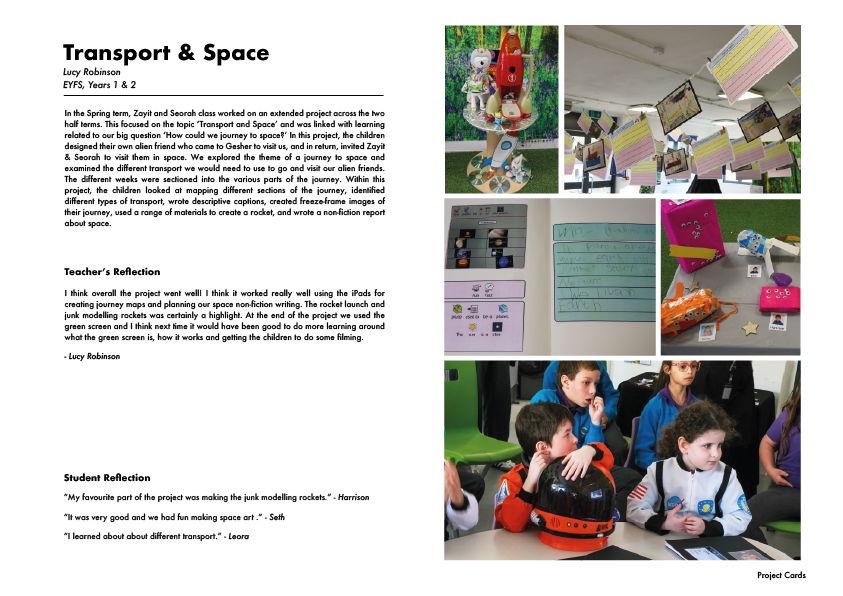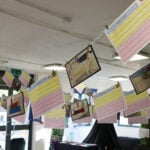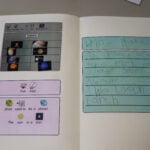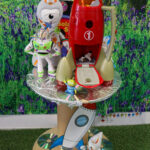Student-Led Conference: Model Agend
In Section 1, XP School, Doncaster contributed an article on student-led conferences as a transformative approach to facilitating learner agency, improved relationships and a sense of ownership and belonging. This guide or protocol, printed by permission, featured in High Tech High’s Unboxed journal (September 2024).
Student-Led Conference: A High Tech High Guide
Randy Scherer
Student-Led Conferences (SLCs) flip traditional parent-teacher conferences to put students in charge of an important conversation about their experience in school. All students deserve the opportunity to reflect on their life at school with adults who care about them. Families and teachers can form strong networks of support when they build relationships together and hear about learning experiences directly from students. SLCs empower students to develop a range of skills and mindsets that foster a growing sense of responsibility, healthy communication, and leadership.
Who attends: The student, at least one significant adult such as a family member, and at least one teacher.
Time commitment: 15 to 30 minutes per conference.
What to bring: The student, with the teacher’s support, brings work samples from each of their classes and extracurriculars, including drafts, final products, photos, and more. The work is selected by the student to reflect appropriately the breadth of their current school experience and learning, and encourage a conversation that goes deeply into how school is going for them, including successes and challenges. Curating a portfolio is an excellent step in preparation, and supports the conversation.
Sample agenda:
Introductions: Begin the conversation by having each person introduce themselves and their relationship to the student.
Why? SLCs facilitate a web of support for a student, and it is essential that each person understands who the others are, and their support connections to the student.
Appreciations and Celebrations–Opening: Each participant shares at least one specific aspect of the student’s experience in school or their personality that they appreciate and want to celebrate.
Why? By beginning the conversation with appreciations and celebrations, we create a welcoming space in which students are open to feedback and embraced as members in good standing of the learning community.
Student Strengths
The student shares areas of experience in school in which they are proud of their efforts, progress, or accomplishments. Ground this conversation in work samples from each area of the student’s work in school, and value all of them equally: expertise, effort, and growth.
Why? By beginning with strengths, we identify areas where the student has a good foundation to build upon. All students bring strengths to the classroom; validating strengths is essential to building relationships that facilitate learning. Sometimes adults surprise students by noticing strengths that they may not have identified yet on their own.
Areas for Growth
The student shares areas of their school experience that they identified as good opportunities for growth. This could reflect their effort, progress, or future accomplishments. Continue to ground this conversation in work samples from each area of the student’s experience in school.
Why? Students learn to take ownership of their education through understanding how addressing areas for growth with the support of caring adults will help them accomplish their goals.
Questions
The student invites questions from their panel of adults and asks questions they may have to the adults.
Why? Up until now, it is possible that this is a student-led presentation. By intentionally shifting to questions, we ensure that the group has a conversation.
Goals Setting
The student shares goals and the next steps they will take to accomplish them. Help students identify “SMART” goals: goals that are specific, measurable, achievable, relevant, and time-bound.
The student identifies next steps for the adults in the room to help support them through their experience in school.
Why? By having students articulate their goals, they practice numerous skills of self-efficacy and develop important habits to lead their own learning.
Appreciations and Celebrations–Closing
Each participant shares at least one aspect of the student’s presentation, or their personality manifested, that they appreciate and want to celebrate as a strength to build on.
Why? By ending the conversation with appreciations and celebrations, we communicate to the student that we value what they shared in their conference, and that we see numerous strengths that they can use as they take the next steps in their education.
Suggested questions for the panel of educators and significant adults:
What did you learn from that? Tell us more!
Looking ahead, what are you most excited about and why?
What are you most proud of from your experience in school so far?
What new learning goals do you have for yourself?
What would you like to learn next?
For the student to ask their panel:
What do you appreciate most about the work that I’ve shared with you?
What advice do you have for me?
How can you help me accomplish, achieve, learn…?
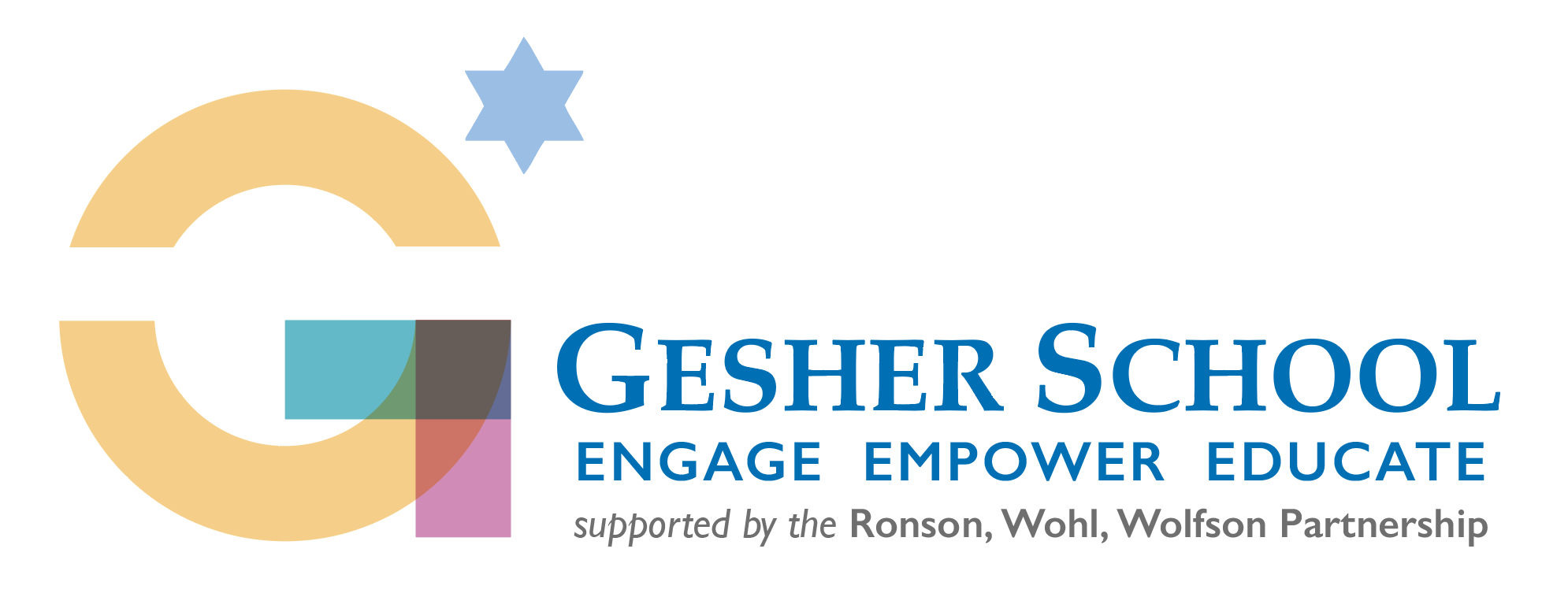
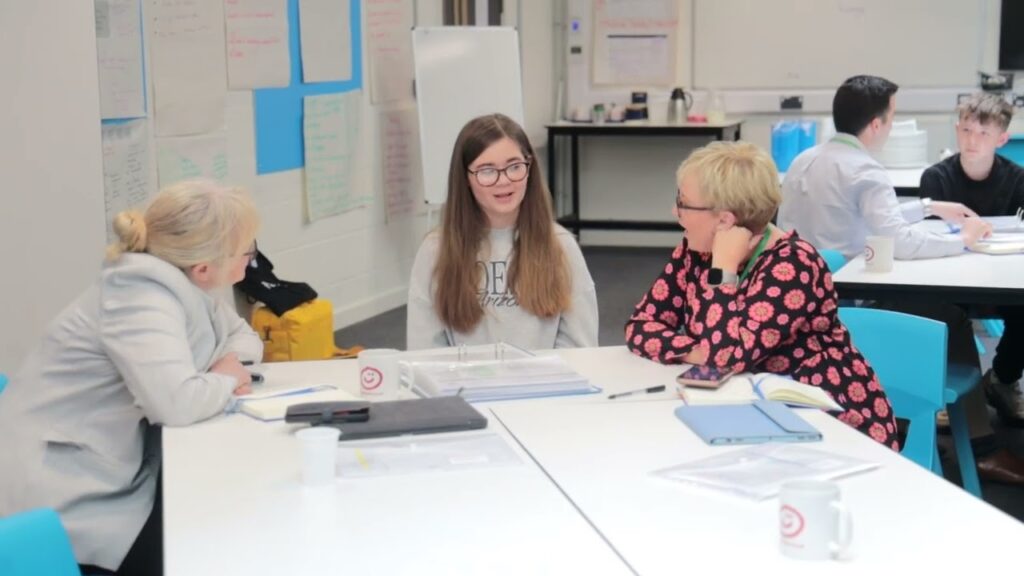
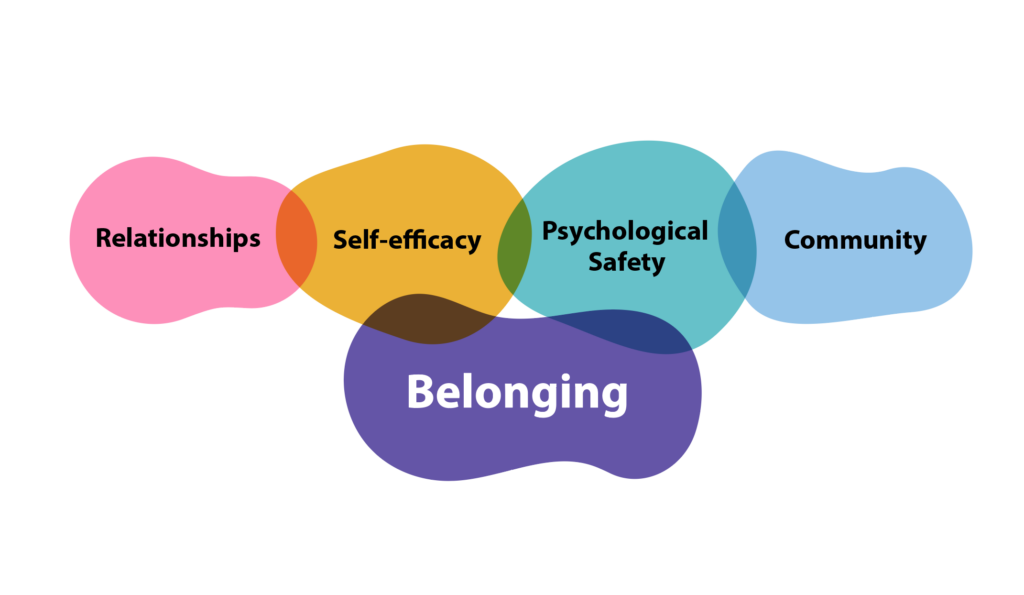
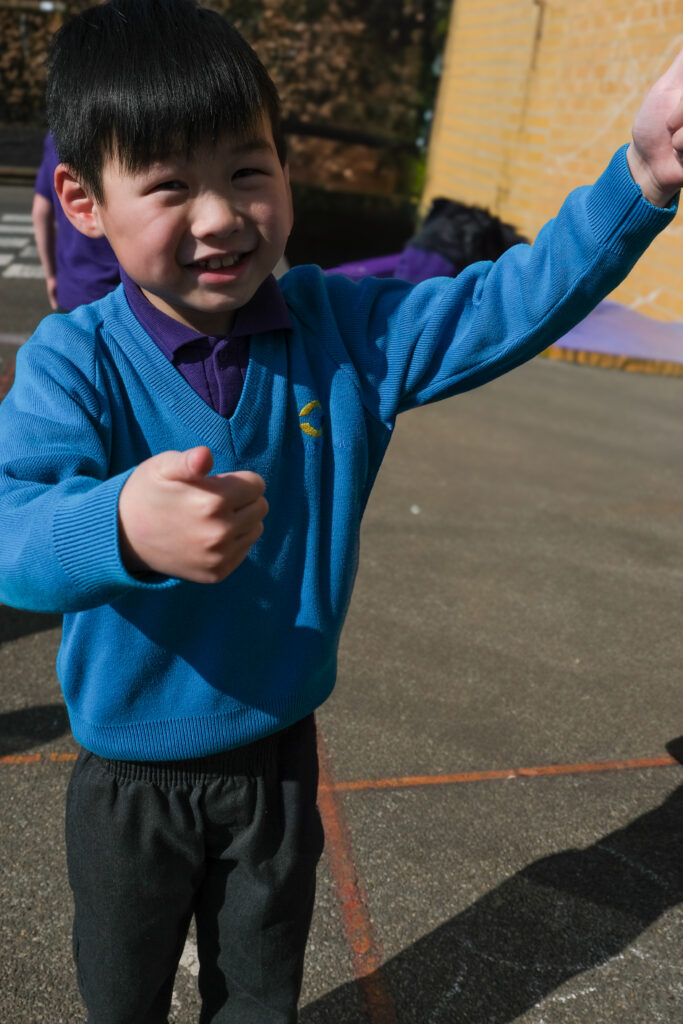
 This little vase has changed my world.
This little vase has changed my world.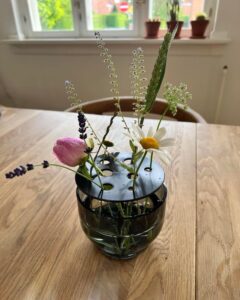
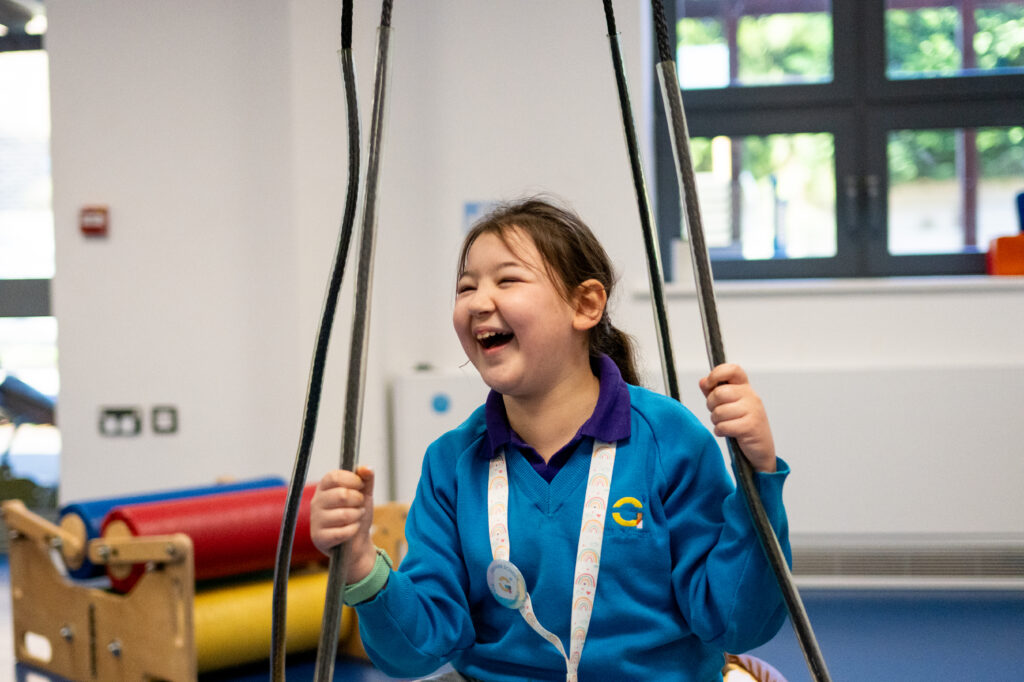

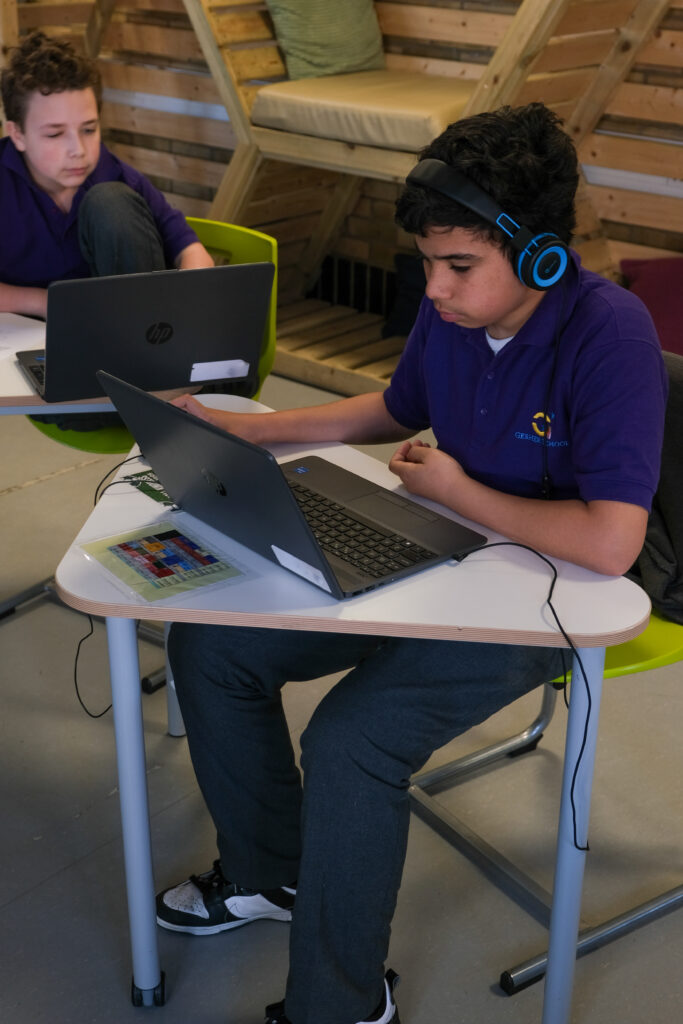 What if…
What if…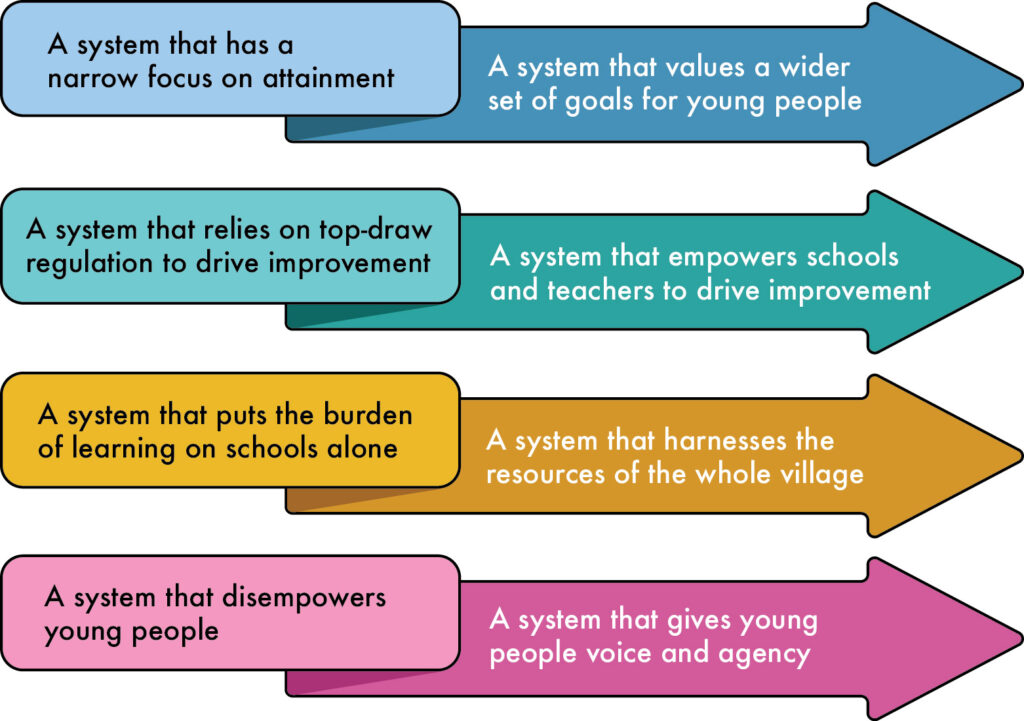
 The order in which the four shifts feature is also important. The first shift, from a system narrowly focused on attainment to one that values a wider set of goals, is the ‘crucial cog’; the magic key that will unlock all others.
The order in which the four shifts feature is also important. The first shift, from a system narrowly focused on attainment to one that values a wider set of goals, is the ‘crucial cog’; the magic key that will unlock all others.